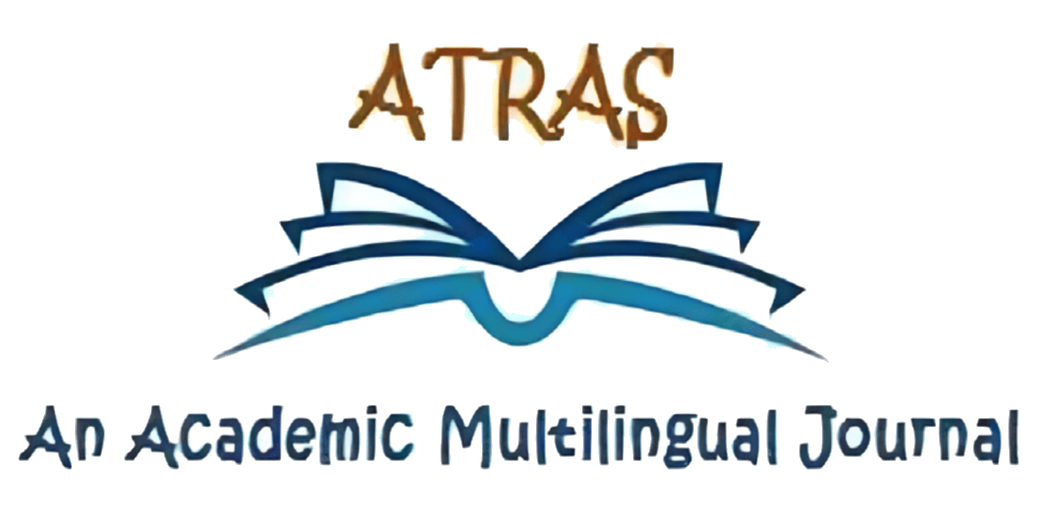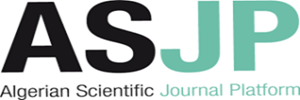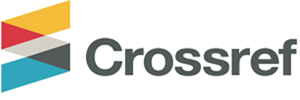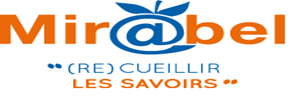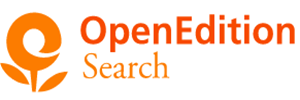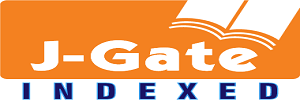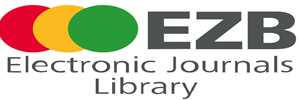Exploring the Potential Synergy of Quillbot as a Natural Language Processing Tool in Demystifying Academic Writing
Hiba BENSALAH
Ibn Khaldoun University, Tiaret, Algeria
hiba.bensalah@univ-tiaret.dz
https://orcid.org/0000-0003-2135-1179
Abstract
This study investigates the ongoing integration of natural language processing tools, specifically QuillBot, in academic writing. These tools, offering advanced features like grammar checking, automated proofreading, and word suggestions, are fundamental in enabling students to take control of their writing. Additionally, the current research addresses the transformative role of AI-based writing assistants, reshaping the writing paradigms to respond to learners’ educational demands. This investigation contributes to the understanding of the integration of natural language processing in the context of academia. Furthermore, it unveils the transformative effect of natural language processing tools, particularly QuillBot in enhancing academic writing opportunities among EFL master’s students. To examine this endeavor, a combination of quantitative and qualitative methods was employed. Firstly, an online survey was distributed to thirty-five EFL students pursuing a master’s degree to gather quantitative data on their usage patterns of natural language processing tools in academic writing. The survey questions emphasized the frequency of Quillbot usage, common features utilized, the entire perception of Natural Language Processing usage experience, and further recommendations. Additionally, we conducted participant- observation to capture qualitative insights into master students’ perceptions of using QuillBot in their writing practices. This quantitative approach allowed for detecting the effectiveness of employing these tools in academic writing against traditional processes. The research findings reveal a comprehensive understanding of the participants’ perceptions regarding the crucial role of QuillBot and its transformative impact on their academic writing proficiency compared to traditional approaches.
Keywords: Academic writing, artificial intelligence, automated proofreading, natural language processing, Quillbot
DOI:
https://doi.org/10.70091/atras/AI.5
How to Cite this Paper :
Bensalah , H. (2024). Exploring the Synergy of Quillbot in Enhancing Academic Writing: English as a Foreign Language Students’ Experiences and Perceptions. Atras Journal, 5 (Special Issue), 80-96
References:
Alhawiti, K. M. (2014). Natural Language Processing and its Use in Education. International Journal of Advanced Computer Science and Applications, 5 (12), 72. Available at www.ijacsa.thesai.org
Aladini, A. (2023). AI applications impact on improving EFL University academic writing skills and their logical thinking. العلوم التربوية, 31(2), 25-44. Available at https://doi.org/10.21608/ssj.2023.320166
Al-Raimi, M., Mudhsh, B. A., Al-Yafaei, Y., & Al-Maashani, S. (2024). Utilizing artificial intelligence tools for improving writing skills: Exploring Omani EFL learners’ perspectives. Forum for Linguistic Studies, 6(2), 1177. https://doi.org/10.59400/fls.v6i2.1177
Badley, G. (2009). Academic writing as shaping and re-shaping. Teaching in Higher Education,14 (2), 209-219. https://doi.org/10.1080/13562510902757294
Bui, V. H., Hoang, M. H., & Cu, T. T. H. (2002). Employing the Quillbot application to sharpen paraphrasing skills in writing academic essays for English-majored students at the School of Foreign Languages – Thai Nguyen University. TNU Journal of Science and Technology, 227 (13), 116-124. http://jst.tnu.edu.vn
Chen, X., Xie, H., & Hwang, G. (2020). A multi-perspective study on artificial intelligence in education: Grants, conferences, journals, software tools, institutions, and researchers. Computers and Education: Artificial Intelligence, 1, 100005. doi:10.1016/j.caeai.2020.100005
Craswell, G. (2004). Writing for Academic Success. Sage Publications.
Creme, P., & Lea, M. (2008). Writing at University: A guide for students. Open university press.
Chui, H. C. (2022). The QuillBot Grammar Checker: Friend or Foe of ESL Student Writers? 10 (1). https://doi.org/10.4324/9780203417140-26
Ellerton, W. (2023). The Human and Machine: OpenAI, ChatGPT, Quillbot, Grammarly, Google, Google Docs, & humans. Visible Language, 57(1), 38-52.
Fitria, T. N. (2018). Error analysis found in students’ writing composition of simple future tense. ELS Journal on Interdisciplinary Studies in Humanities, 1 (3), 240-251 .https://doi.org/10.34050
Fitria, T. N. (2021) .QuillBot as an online tool: Students’ alternative in paraphrasing and rewriting of English writing. English: Journal of Language, Education, and Humanities, 9 (1), 183-196. https://doi.org/10.22373/ej.v9i1.10233
Gupta, S., Jaiswal, A., Paramasivam, A., & Kotecha, J. (2022). Academic writing challenges and supports: Perspectives of international doctoral students and their supervisors. Frontiers in Education, 7. Available at https://doi.org/10.3389/feduc.2022.891534
Golan, R., Reddy, R., Muthigi, A., & Ramasamy, R. (2023). Artificial intelligence in academic writing: A paradigm-shifting technological advance. Nature Reviews Urology, 20(6), 327-328. Available at https://doi.org/10.1038/s41585-023-00746-x
Huang, J., Saleh, S., & Liu, Y. (2021). A review on artificial intelligence in education. Academic Journal of Interdisciplinary Studies, 10(3), 206. https://doi.org/10.36941/ajis-2021-0077
Irvin, L. L. (2010). What Is Academic Writing? In C. Lowe (Ed.), The St. Martin’s Guide to Writing (8th ed.). Bedford/St. Martin’s.
Lindsay, J. B. (2018). A practical guide to academic writing and publishing. University of Guelph
Link, S., Mehrzad, M., & Rahimi, M. (2020). Impact of automated writing evaluation on teacher feedback, student revision, and writing improvement. Computer Assisted Language Learning, 35(4), 605-634. https://doi.org/10.1080/09588221.2020.1743323
Oshima, A., & Hogue, A. (2007). Introduction to Academic Writing. NY: Pearson Education.
Paige D.Ware, Mark Warschauer. (2006). Electronic Feedback and Second Language Writing. In Feedback in second language writing contexts and issues. Cambridge University Press.
Popenici, S. A., & Kerr, S. (2017). Exploring the impact of artificial intelligence on teaching and learning in higher education. Research and Practice in Technology Enhanced Learning, 12 (1), 1-13.
Raheem, B. R., Anjum, F., &Ghafar, Z. N. (2023). Exploring the Profound Impact of Artificial Intelligence Applications (Quillbot, Grammarly and ChatGPT) on English Academic Writing: A Systematic Review. ,. International Journal of Integrative Research (IJIR), 1 (10), 599-622.. https://doi.org/10.59890/ijir.v1i10.366
Van den Branden, K. (2012). Task-based language education. In A. Burns & J.C. Richards (Eds.), The Cambridge Guide to Pedagogy and Practice in Language Teaching (pp. 140-148). New York: Cambridge University Press.
Ware, P. D., Warschauer, M., Hyland, K., & Hyland, F. (2006). Electronic feedback and second language writing. In Feedback in Second Language Writing: Contexts and Issues (pp. 105–122). Cambridge: Cambridge University Press
Wilson, J.R. (2022). Academic Writing. Harvard University.
Williams, K., & Davis, M. (2017). Referencing and understanding plagiarism. London, UK: Macmillan International Higher Education.

Copyright for all articles published in ATRAS belongs to the author. The authors also grant permission to the publisher to publish, reproduce, distribute, and transmit the articles. ATRAS publishes accepted papers under the Creative Commons Attribution-NonCommercial 4.0 International (CC BY-NC 4.0) License. Authors submitting papers for publication in ATRAS agree to apply the CC BY-NC 4.0 license to their work. For non-commercial purposes, anyone may copy, redistribute material, remix, transform, and construct material in any media or format, provided that the terms of the license are observed and the original source is properly cited.
